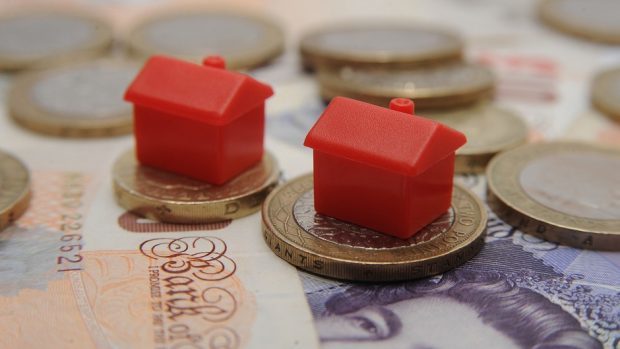The average Briton can expect to become debt-free at the age of 69 – 12 years later than they hope to – a report has found.
People typically expect to be clear of their debts – including mortgages – by the time they are 57, according to the report compiled by economics consultancy the Centre for Economics and Business Research (Cebr).
But in reality, they are likely to have hit their 69th birthday before they have paid off all their loans, according to the research – which compared people’s expectations in a survey of more than 2,000 people with Office for National Statistics (ONS) data covering actual debts held by households.
People reaching adulthood now are likely to have an even longer wait to reach their “debt-free birthday”, the research, commissioned by peer-to-peer lender Zopa found.
Someone aged between 16 and 24 years old now could be aged 74 by the time they can celebrate becoming debt-free, the report found – as rising property prices lead to bigger mortgage debts.
And someone aged between 25 and 34 years old now could be aged 71 by the time they are free of home loans and other debts.
Regionally, there were also large variations in when Cebr projects that people with a mortgage will have cleared their home loans and other debts.
A home owner in the North East of England could become debt free aged 57, as people there tend to buy homes earlier in life, pay cheaper property prices, and take on less debt.
Home owners in Wales can expect to be debt-free by the age of 56, while those in Scotland can expect to clear what they owe by 58 years old.
But households in London will not celebrate their debt-free birthday until around 20 years later – at the age of 77 – the report found.
Although people in London tend to have bigger incomes, they also typically take on bigger debts and get on the property ladder later in life.
Even when mortgages are not taken into account, people are still generally over-optimistic about when they will be able to clear other types of debt, such as personal loans, credit cards, store cards and car purchase agreements, the report found.
The consumer research found that on average, people expect to be aged 50 years old by the time they have paid these debts off.
But the report found that actually people are more likely to be aged 64 when they have cleared these non-mortgage debts – 14 years later than they expect.
Despite having the most non-mortgage debt typically and owing £14,200 per household on average, the report found that 18 to 24 year olds are the most optimistic – expecting to be aged 38 typically when they have paid off their non-mortgage loans.
But in reality, people in this age group are unlikely to be free of non-mortgage debt until the age of 66. Student loans are the biggest single contributor to non-mortgage debts for this age group, the report said.
Giles Andrews, executive chairman and co-founder of Zopa, said: “There are lots of explanations for why people are overly-optimistic about the time it will take them to pay off their debt.
“One is that younger generations are guided by the experiences of older ones as people used to become debt free earlier in life, as they owed less.”
When mortgages are taken into account, households containing people aged 35 to 44 years old tend to be the most indebted, the report found, owing £87,800 typically.
This is because of the high level of borrowing against property for this age group, the report said. As the average first-time buyer is around 31 years old, many households in the 35 to 44 age bracket still have big mortgage loans to pay off.
